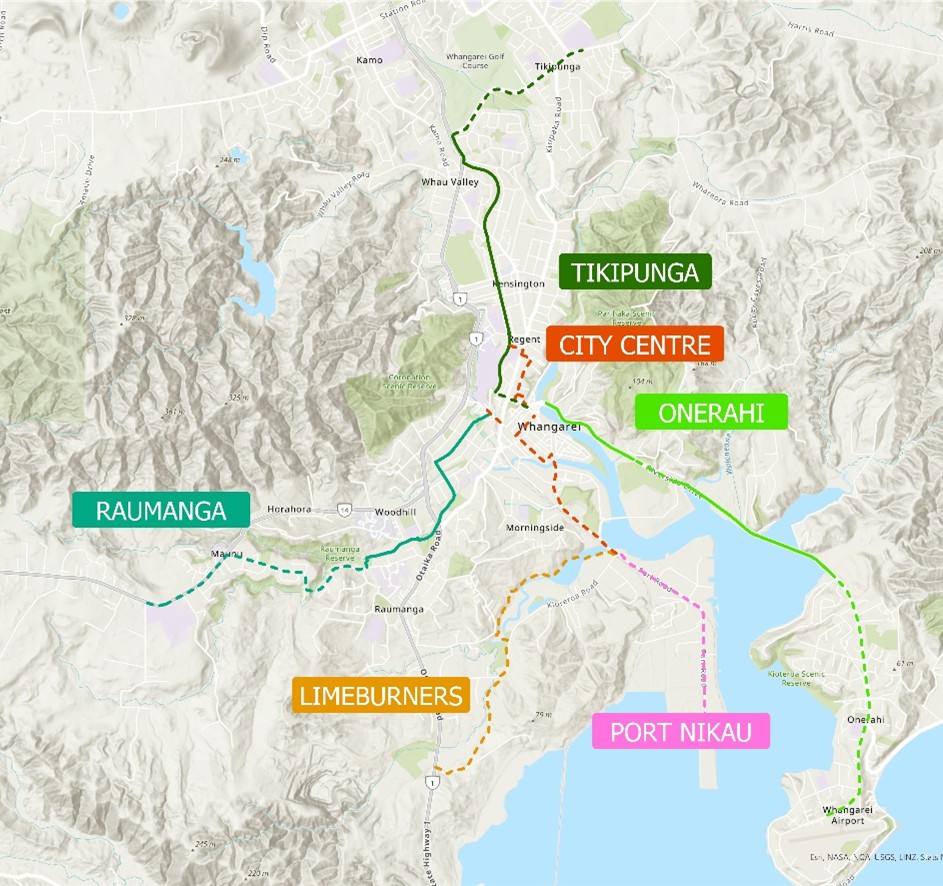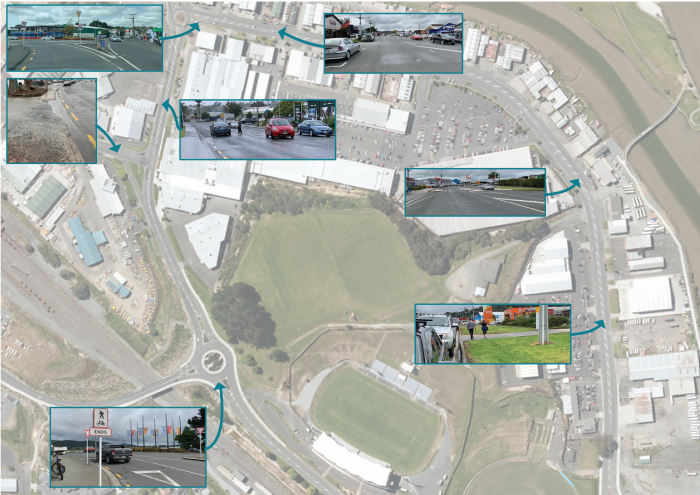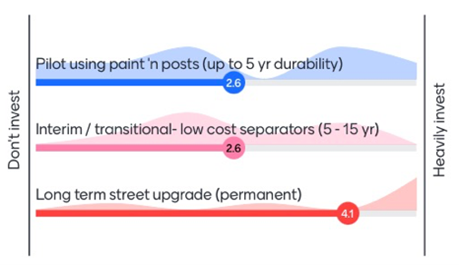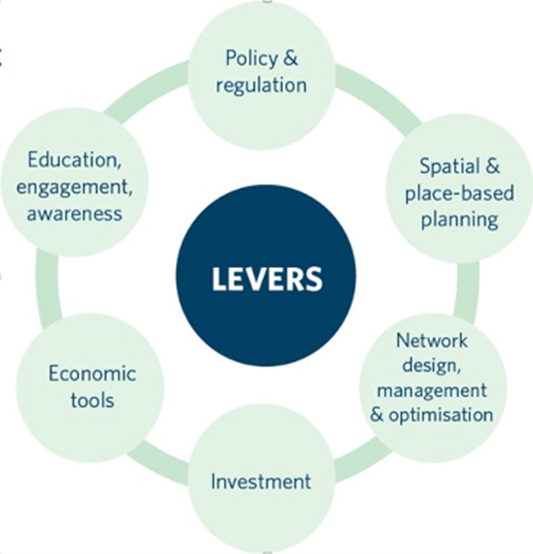Whangārei Citywide Walking and Cycling Network Programme Business Case (PBC)
Objective
Client
Location
Deliverable
Timeframe
Project Status
Background
The Whangārei Citywide Walking and Cycling Network Programme Business Case (PBC)’s purpose was to reconfirm the gaps, projects, priorities, and programmes for walking and cycling in the next National Land Transport Programme (NLTP).
This project outlined the strategic context, demand model, prioritisation processes and economics of investment in walking and cycling.
The PBC actions the need to reconfirm the priorities and development philosophy outlined in the 2018 Whangārei Walking and Cycling Strategy. The network development philosophy aimed at building connections between “back-bone routes”, schools and other key destinations. The PBC builds on the implementation of the successful Kamo Shared Path (nearly completed), Raumanga route (progressively being upgraded), Onerahi Route (half completed), Hatea Loop and Pohe Island Bike hub and connections.
The PBC recommended a proposed investment programme of packages/projects for four time horizons and displayed this in a public-facing webmap. The outcomes and benefits for walking and cycling were analysed, showing if the entire Walking and Cycling Strategy 2018 were completed, the journey to work mode share for walking and cycling would be about 18%. Economic analysis including construction/project costs over a range of timelines was completed. A community engagement programme was included, including TDM activities (school travel plans, education e.g. Bike Ready cycle skills training, and encouragement). The cost of inaction (not investing) includes fewer transportation choices, worsened safety, and increased travel time as congestion builds.
ViaStrada produced the Programme Business Case, programme economics spreadsheet, design plans for concept designs, as well as concept design costings. Field investigations, conceptual option development, costings and feasibility reports were developed for:
• central city walking and cycling links,
• the Limeburners route to the south-west of the city connecting to SH1
• Hatea River pathway (including managing the civil and geotechnical reports),
• Onerahi Route completion and upgrade to the south-east of the city
• Raumanga Route extension to the west of the city, including options for routes around the dam
• Tikipunga Route to the north of the city
ViaStrada worked with local surveyors, planners, and geotechnical and civil engineers to complete the project.
Update: In 2025, following a new Government Policy Statement, ViaStrada was re-engaged to revise the Citywide PBC incorporating WDC's responses to the peer review for NZTA submittal. Once approved by the NZTA, we will provide a link to the published document.






